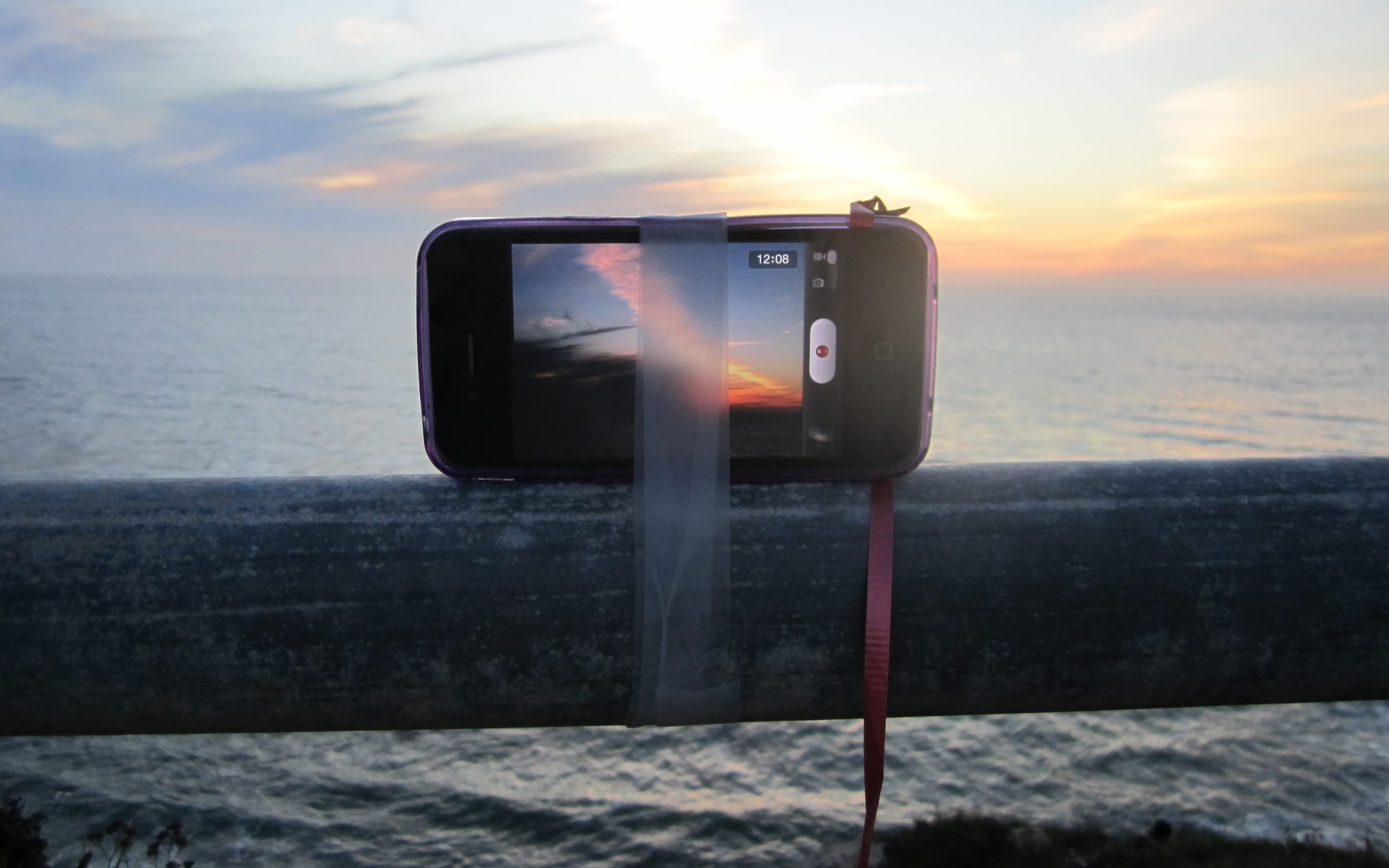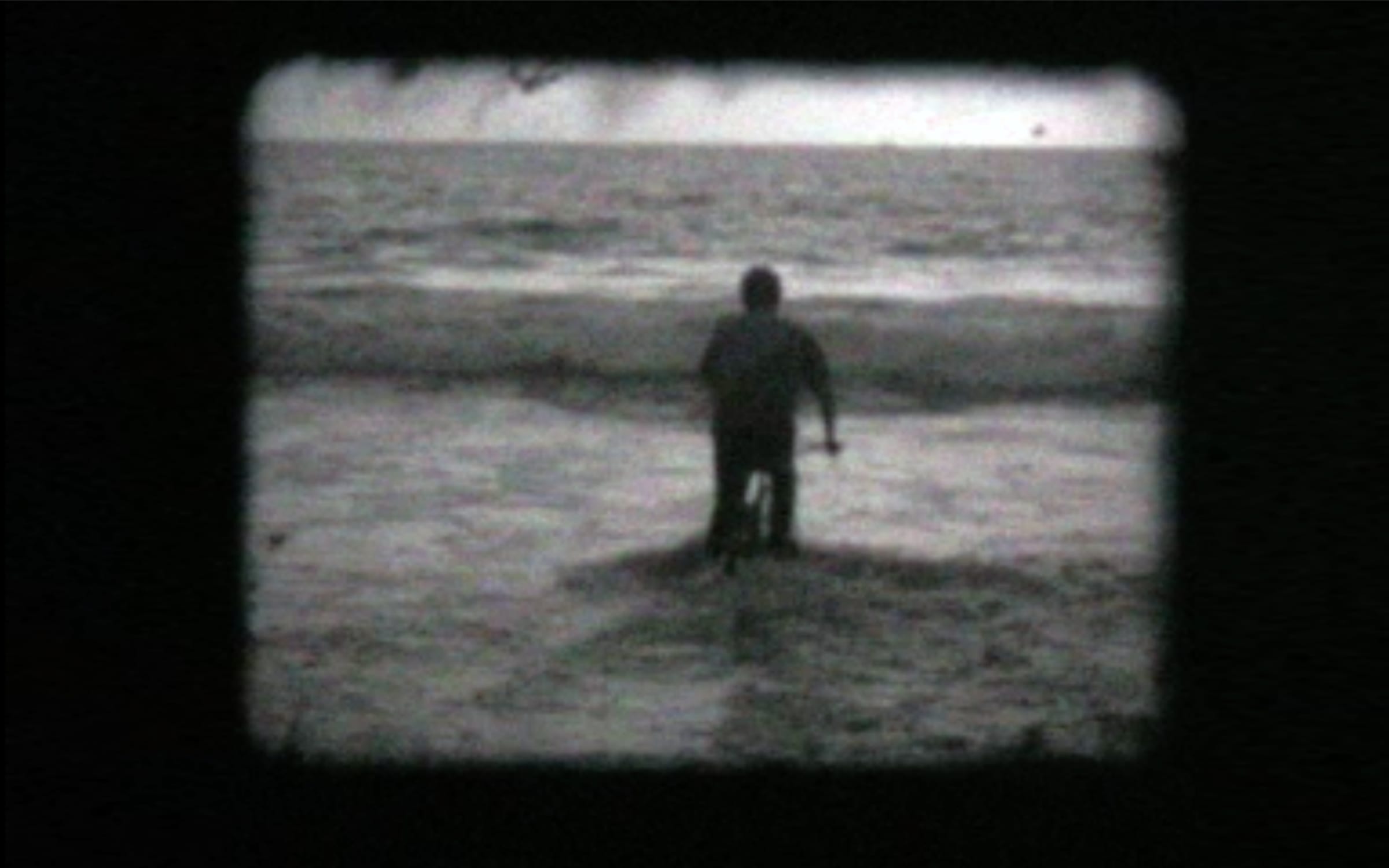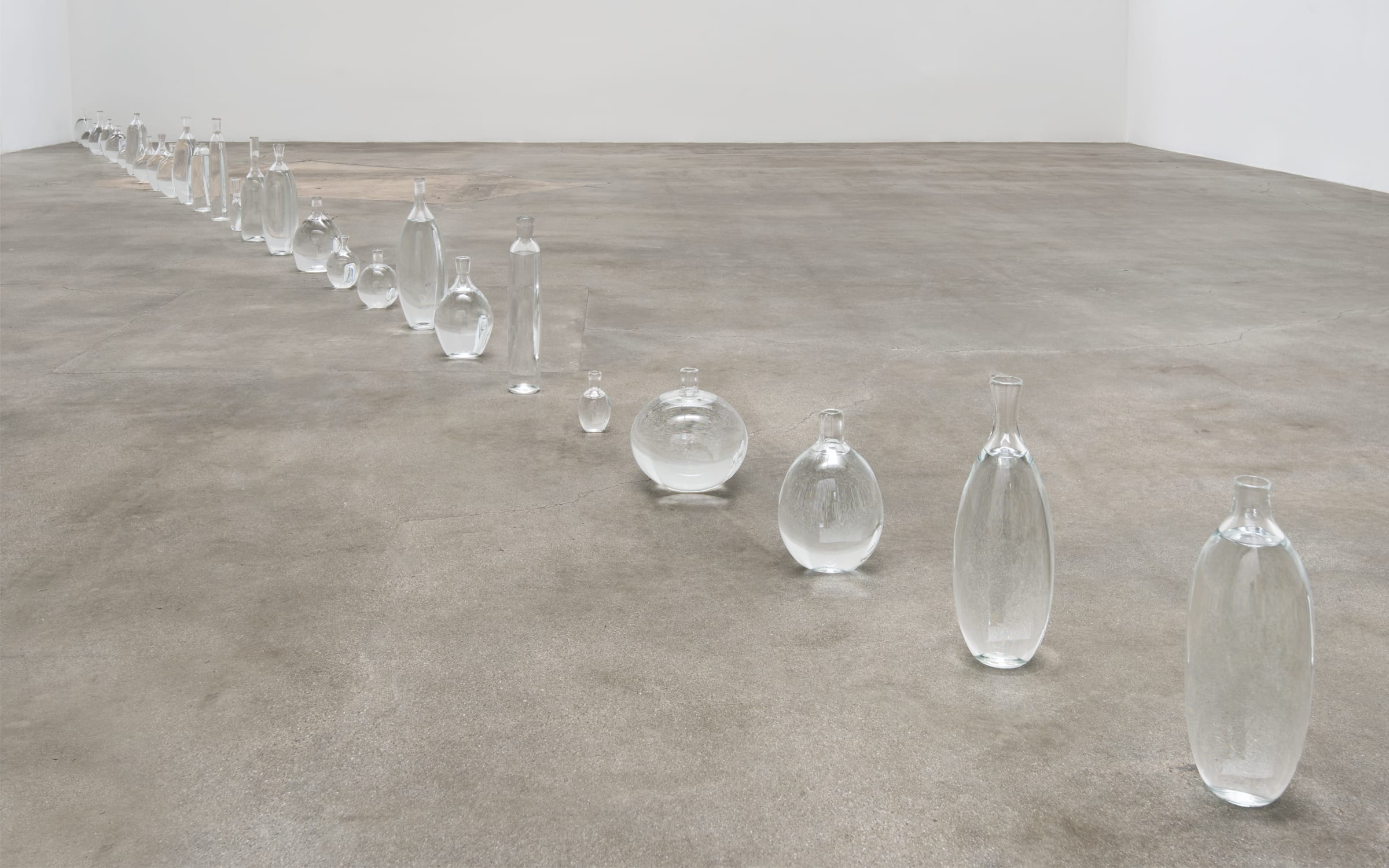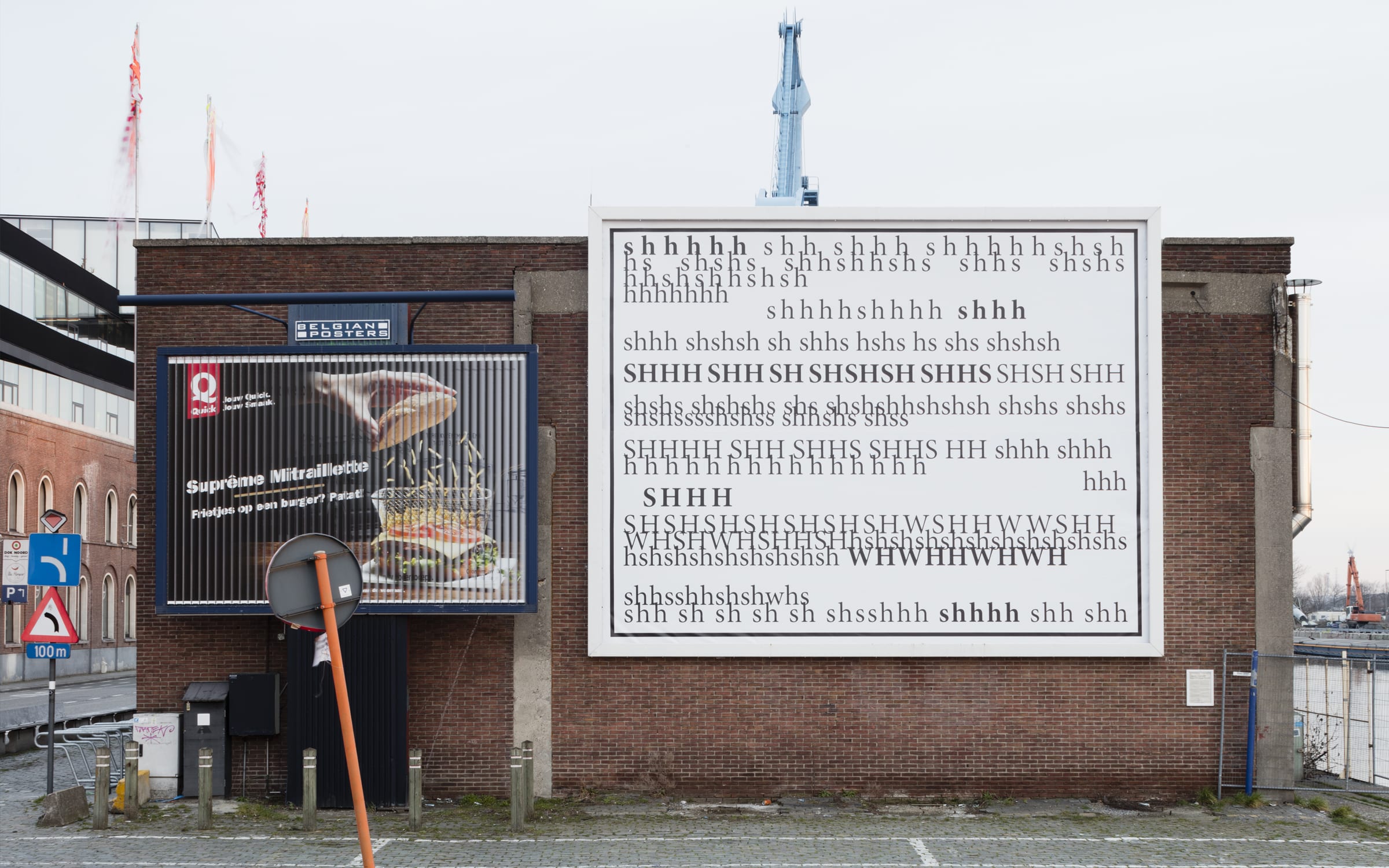Why David Horvitz is retracing Marcel Duchamp’s footsteps in Buenos Aires
The American artist’s project for Art Basel Cities sheds light on one of the overlooked corners of Modernism’s international history and honors Argentina’s tradition of conceptualism




